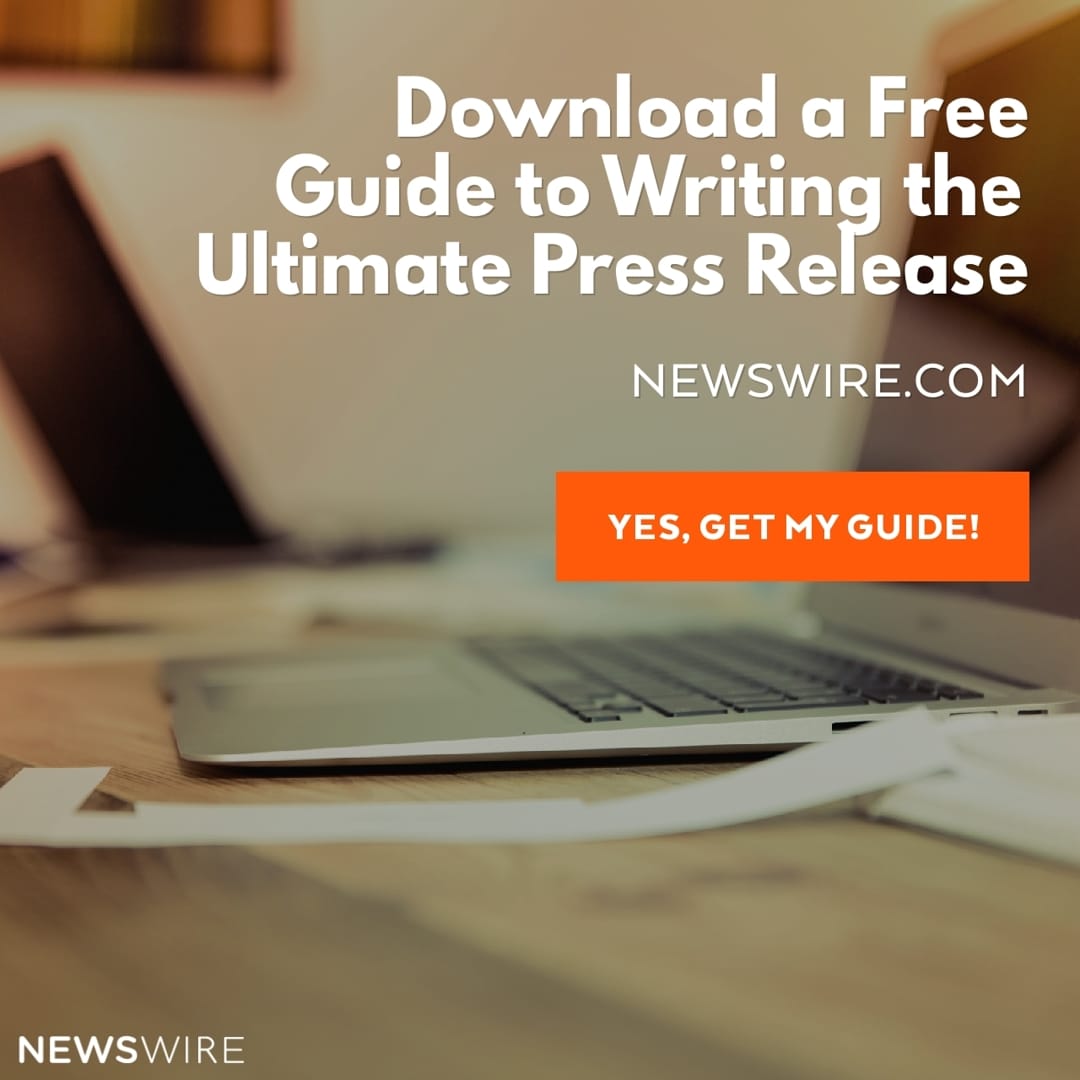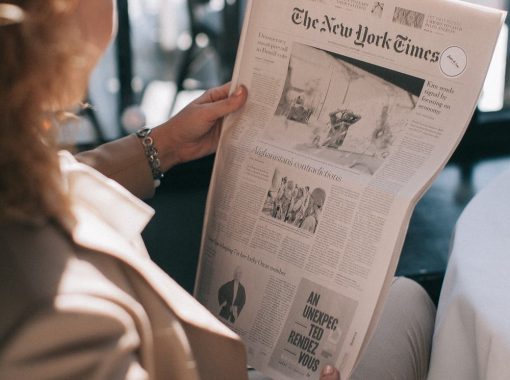
Can A Press Release Be Written In An Exciting And Engaging Way?
Many marketers have a tough time when it comes to writing press releases. Some think there is some sort of magic involved in creating an effective press release. Others don’t like the fact that press releases seem so restrictive. With press releases, you’re supposed to stick to the facts. Where’s the fun, skill and creativity in that?
The truth is, you need all three of those elements in order to create a press release that journalists will pay attention to.
What is a press release?
A press release is designed to report important information to the media in the hope that they will find it useful enough to pick up the story and report it to their own readership.
The trouble is, press releases have become so popular in the last 5 years that more than 300 are published every day, in the US alone. It can be tough to rise above that level of noise and make your press release stand out. However, it can be done, if you pay attention to your professionalism and your excitement level.
A professional press release
Journalists are busy people, so they have no time to waste on poorly-written press releases with basic spelling, grammar and punctuation errors. They are looking for content that is complete, so they can create their column in time for the deadline. They are looking for items that are genuinely newsworthy, such as a new product launch, a live event to be held, a merger or acquisition, and so on.
Facts, not hype
Some press releases are nothing more than thinly-disguised ads. Journalists can spot these a mile off and will steer clear of them, and of you too because you are not following the rules.
Journalists use the 5Ws:
- Who
- What
- When
- Where
- Why
to ensure that all of the most important facts are covered in each story they write. Use these as a checklist and try to use all 5 elements in the first paragraph of your press release and you are much more likely to impress the media.
The inverted pyramid
The inverted pyramid style places all of the most important information in the press release in the first paragraph or two (the broad base of the pyramid), with lesser but still useful information in the later paragraphs (The narrow tip of the pyramid). This can make the writing exciting because you are giving so much information at the start of the story.
A great headline
A great headline is essential for getting people to read your press release. This is where your creativity and skill can really shine, to help engage your audience.
Word choice
As part of your headline and content, your word choice can really make your press release stand out. For example, let’s look at these headlines:
- New tick from Asia causing health concerns
- Invasive tick from Asia kills more than 15% infected in US
- Killer tick from Asia rampages in US
They are all factually correct. But which sound the most interesting and dramatic? Causing health concerns is fairly neutral. Kills is an emotive verb that will get a reaction from your audience. Rampages will make them sit up and take notice.
Your Verbs
As we have seen, verbs are very powerful. Choose your tenses carefully. Present tense makes things sound more active. Use active verb forms instead of passive to keep things vivid.
Example:
- New Asian tick killing 15% of its victims
- 15% of victims being killed by new Asian tick
Both are acceptable, but the verb killing is stronger than being killed. The focus is also different. In the first sentence, it is on the tick, in the second, on the 15% of people dying.
Press releases may seem pretty boring, but use your writing skills and creativity and you should be able to create a steady stream of vivid releases.












